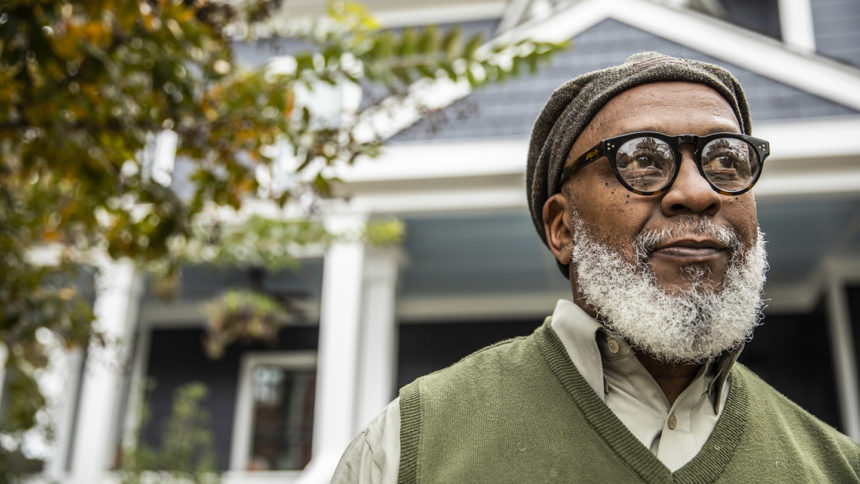
The National PACE Association is promoting collaborations with the Green House Project as a way to expand Programs of All-Inclusive Care for the Elderly nationally.
“In many ways, what both of our models really strive to do is create kind of an intimate care delivery approach that is very person-centric and is breaking free of the service settings that we have in this country,” National PACE Association CEO Shawn Bloom said in a recent webinar with members.
Programs of All-Inclusive Care for the Elderly (PACE) is a Medicare/Medicaid program for people 55 and older who qualify for skilled nursing care, but are able to remain in their homes. PACE offers medical care and social programs at 272 neighborhood centers in 30 states. Although PACE is more than 30 years-old, fewer than 60,000 people are enrolled in it nationwide.
The PACE Association wants to attract seniors who want to avoid institutional living but don’t want to live alone. That’s why partnering with the Green House Project holds promise. The Green House Project partners with senior living providers to create smaller homes for 10 to 12 seniors, offering them more independence and autonomy. There are about 250 Green House Project homes nationwide.
Alex Spanko, communication director for the Green House Project, said on the webinar the Green House Project wants to provide a full continuum of care for residents, bridging the gap between home care and more extensive institutional care.
“Maybe you don’t need home care all of the time, but maybe you just need some place to go during the day,” Spanko explained. “We fully support the broad range of services that elders need at any given time. That’s why we think the PACE/Green House connection can be so vital.”
PACE Southeastern Michigan has already proven the idea can works. It forged a successful partnership with the Green House Project in Detroit. In 2013, the two agencies converted a four-story commercial building in the city that includes two Green House communities on two separate floors. The residents have access to a PACE center nearby.
“If we as a PACE program want to keep people out of nursing homes and that’s our mission and if some people ultimately need more care than they provide in a nursing home, this partnership could actually be the alternative,” PACE Southeast Michigan President and CEO Mary Naber said during the webinar.
Naber said so far nearly 130 seniors have lived in the PACE/Green House facility and most remained there until the end of their lives.



